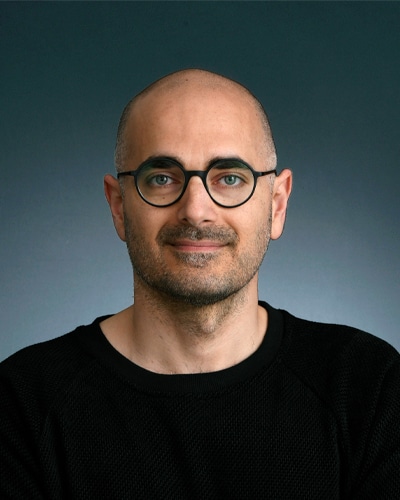The article is part of a project devised to pursue a fundamental change in what Mikhail Bakhtin would call “the quality of life” of the Iranian people and society in the course of the 14th century. The major question which led me to recognize the transition; drawing on Mike Featherstone’s terminology, from a heroic approach to an everyday one towards life was based on a literary fact.
At the beginning of this century, Sadegh Hedayat complained: “we must yet try gravely to show that fiction is also a form of literature.” Poetry was the rival of story writing against whose stance Hedayat was trying to prove as literature. Although poetry itself was subject to radical changes at the time, it was still literature as such; as it had been defined for centuries. In fact more than what Hedayat was longing for nearly a hundred years ago is current in Persian literature today. To explore the context which makes each of these genres thrive is the methodology of this dissertation. It is supposed that scrutinizing of the genres reveals ideological works at stake both in the themes of their contents and the mechanisms and techniques of their forms. In this sense, it was the rise of a new age in which people were becoming more conscious of their real life settings and of themselves as subjects of history which paved the way for a break and a birth in speaking of these two literary genres. This attention to the real, social and political environment is the focal point of the numerous attempts investigating the historical context of what can be named as new literature rising with the advent of new poetry and fiction. However, I intervene and contribute to the existing scholarship by splitting the new consciousness into two separate approaches, namely the heroic and the everyday, with the latter altering the former as we move forward in the course of the century to its end.
However the article is a reading of “Savooshoon” by Simin Daneshvar, which pinpoints the contradiction between the two approaches towards life at the heart of the novel. Fredrik Jameson’s methodology for a criticism proper, most clearly proposed in “Political Unconscious”, is employed to search for the utopic and the ideological aspects of the work, its ideologemes and strategies of containment. By utilizing Jameson’s concentric three horizons incorporating his system of analysis, it is demonstrated how the birth of the novel and specifically this practice of it by Ms. Daneshvar mark a contradiction in the consciousness of a society taking its first steps
towards modernity. Hence “Savooshoon” will be revealed to pose as an imaginary solution to real social contradictions. I address the enduring issues of the complexities of class relations, secularization,colonization and concerns for identity –all of which in their mutual relations with aesthetic issues play their own local roles throughout the reading of the novel.
این سخنرانی بخشی از پنل زیر است:




